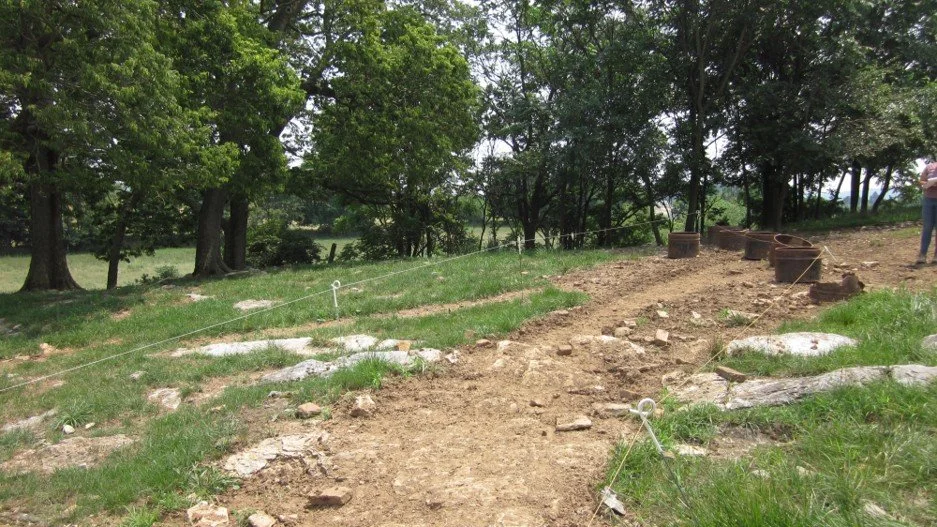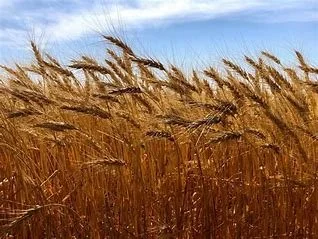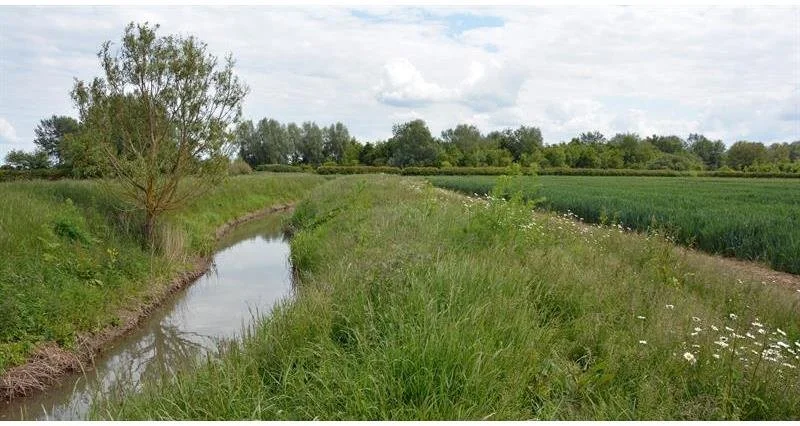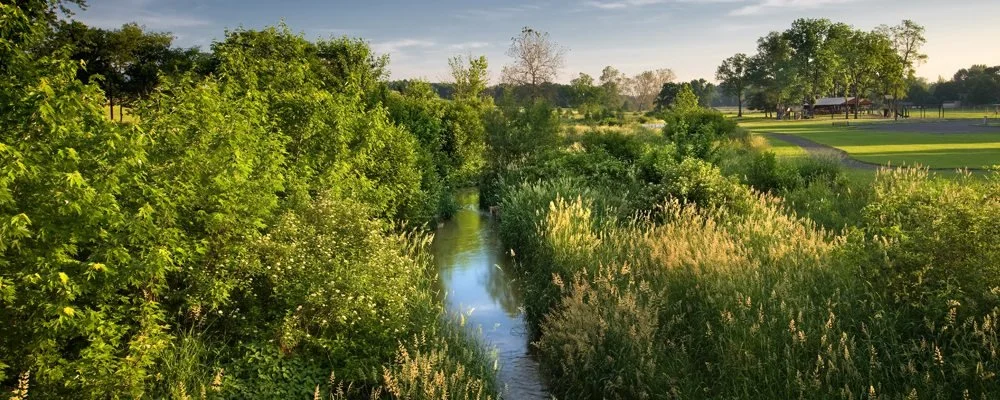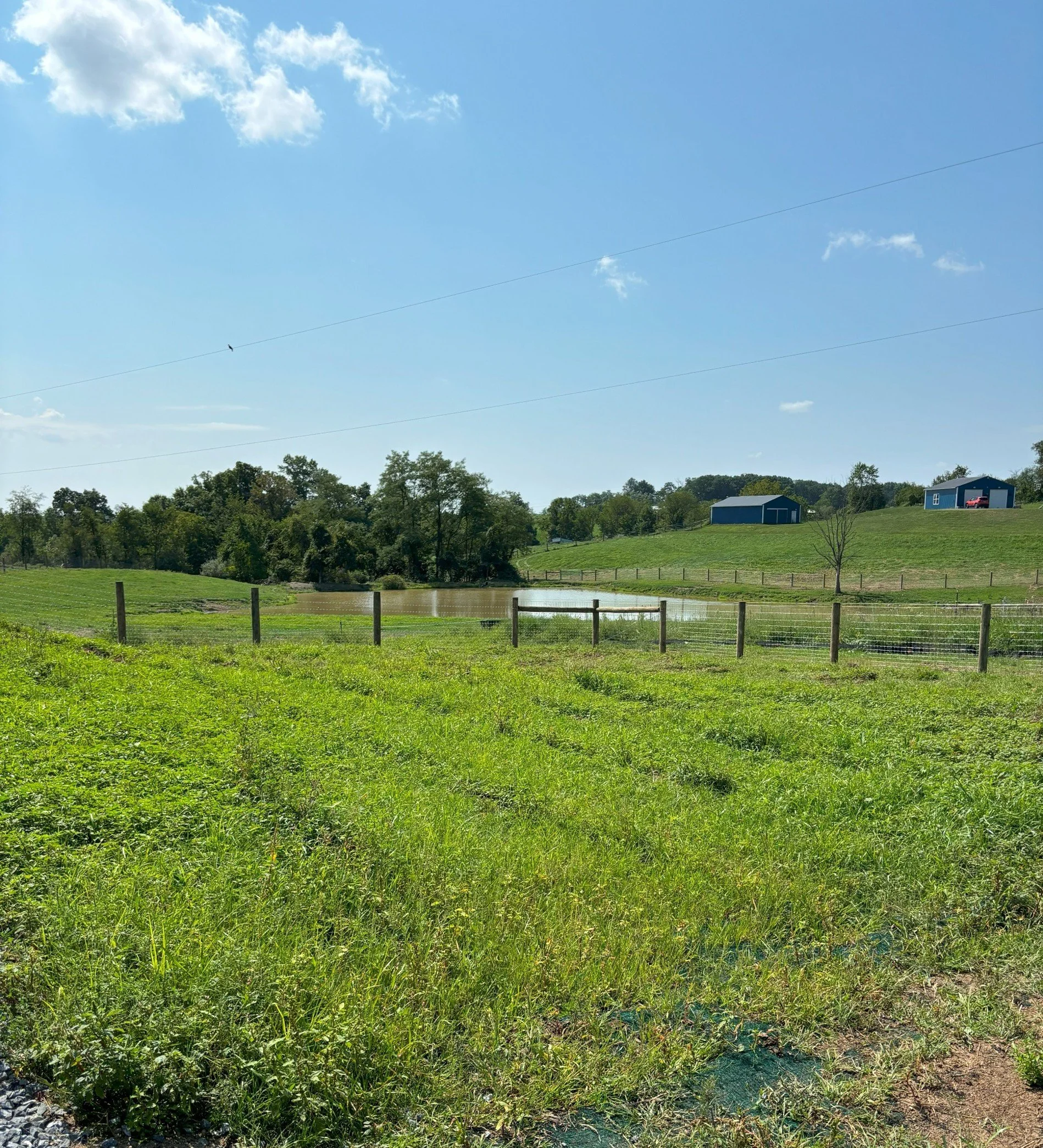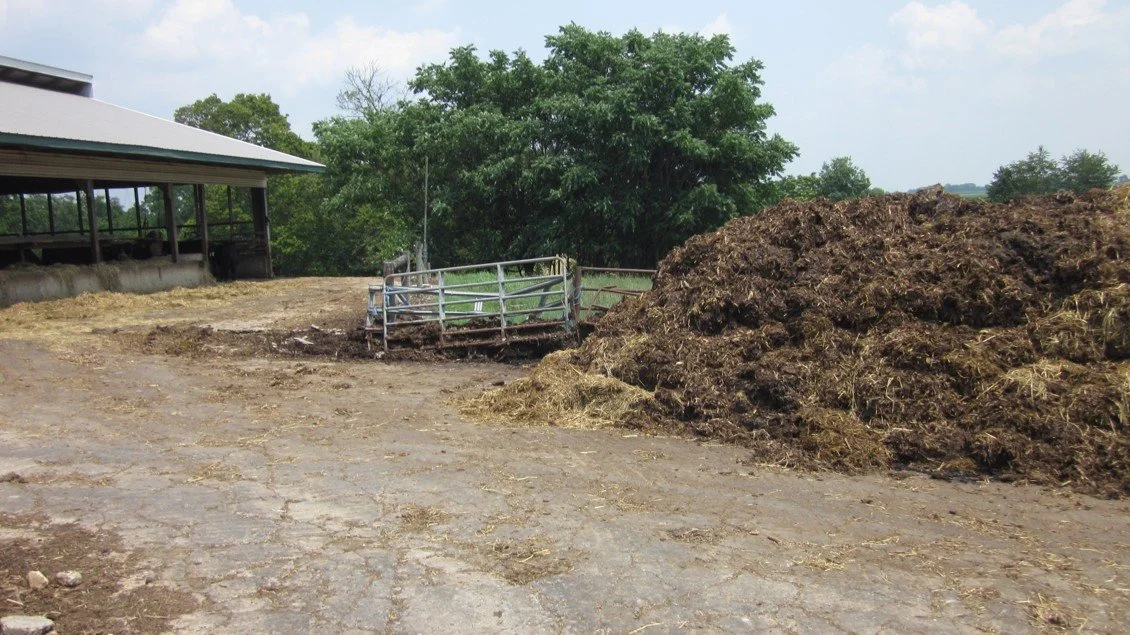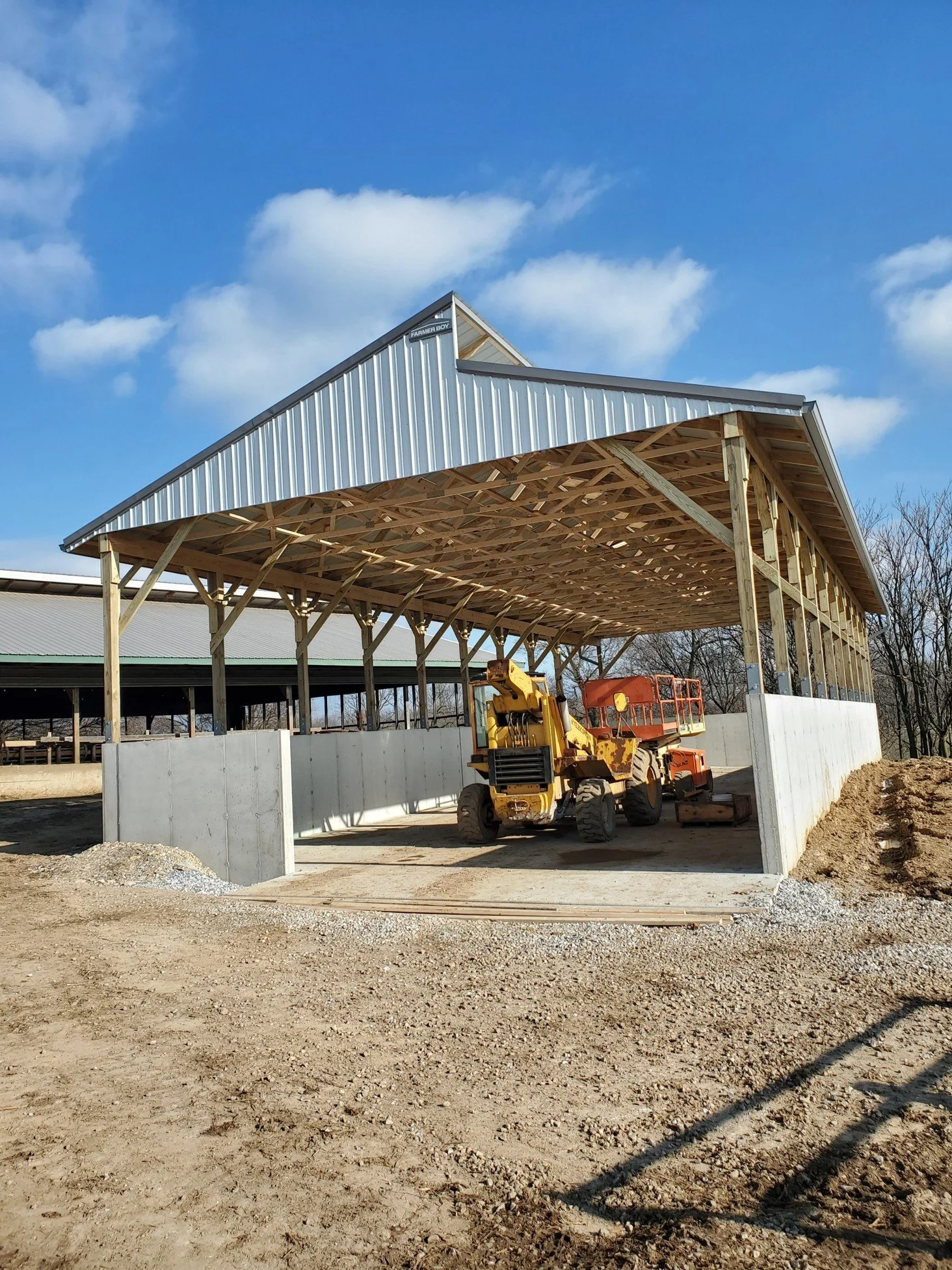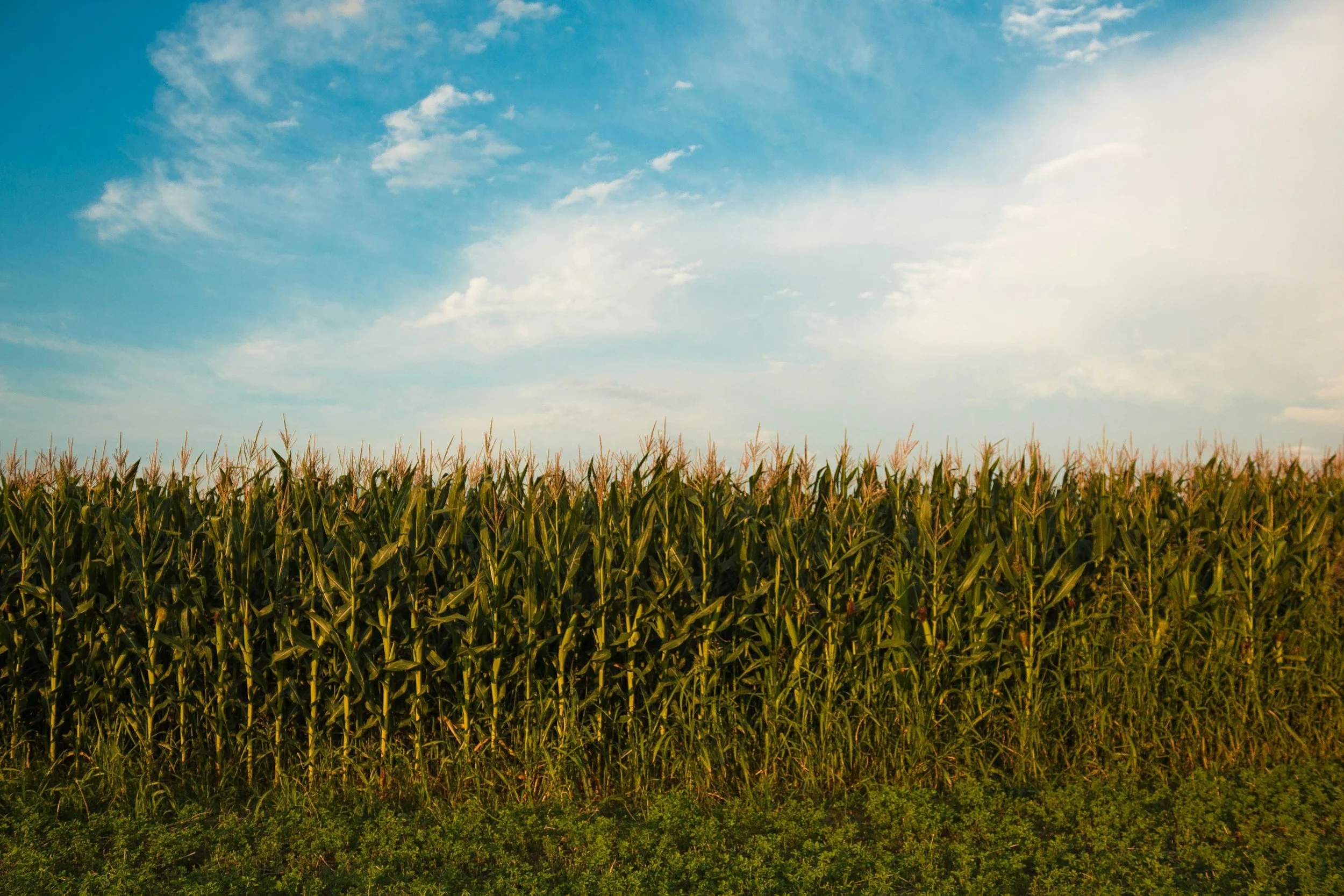
Agricultural BMPs
What Are BMPS?
Best Management Practices (BMPs) are practices that protect the environment while considering economic factors, availability, technical feasibility, ability to implement, and effectiveness.
BMPs are important because they:
Protect the environment while saving money and ensuring compliance
Prevent pollution and contamination before problems occur, which is far more cost-effective than cleanup efforts.
Help organizations meet regulatory requirements, avoid fines, and reduce long-term risks.
Demonstrate environmental responsibility to stakeholders and communities, building trust and maintaining social licenses to operate.
Examples of BMPs
Animal Trails & Walkways
These walkways serve multiple functions by:
Providing controlled access routes to resources like water sources, grazing areas, and shelter.
Improving overall grazing efficiency by ensuring livestock can move systematically across pastures, leading to better distribution and utilization of available forage.
Most importantly, they redirect animal traffic away from environmentally sensitive areas such as wetlands, steep slopes, or stream banks, while simultaneously reducing soil erosion caused by random animal movement and concentrated trampling.
Conservation Crop Rotation
This practice consists of a planned sequence of different crops grown on the same field over multiple growing seasons.
This practice addresses soil health by reducing erosion through varied root systems and plant residues that protect soil structure.
Different crops contribute diverse nutrients and organic matter, breaking pest and disease cycles while improving soil biology.
The rotation enhances the soil's infiltration capacity, reduces the need for external inputs, and maintains long-term productivity without depleting soil resources.
Cover Crops
This practice consists of crops planted specifically to cover and protect soil during periods when cash crops are not growing, such as winter months or between growing seasons.
Cover crops act as a living blanket that prevents soil erosion from wind and water.
They contribute significant organic matter to the soil when terminated, improving soil structure, water-holding capacity, and nutrient cycling.
This practice enhances overall soil health by feeding soil microorganisms, reducing compaction, and creating a more resilient growing environment.
Underground Outlet
This practice consists of subsurface drainage systems that channel water away from problem areas through buried pipes or conduits.
Underground outlets address specific drainage challenges by safely conveying excess water to appropriate discharge points without causing surface erosion.
They help manage seasonal flooding, prevent waterlogging that can damage crops or infrastructure, and eliminate concentrated surface flow that leads to gully formation.
These systems are particularly valuable for managing runoff from heavy use areas, rooftops, or naturally wet areas where surface drainage would cause problems.
GRASS AND Riparian BufferS
Both riparian buffers and grass buffers are vegetated strips planted along waterways and sensitive areas to protect water quality and provide environmental benefits.
Grass Buffers:
Consist exclusively of permanent grass vegetation, creating a uniform vegetative cover
Focus primarily on sediment and pollutant filtration through grass root systems without temperature regulation benefits
Provide simpler wildlife habitat corridors but are particularly effective along field edges and drainage channels
Riparian Buffers:
Consist of diverse vegetation including trees, shrubs, and grass that create multi-layered canopy systems
Provide water temperature regulation through shading and significantly reduce flood impacts by slowing water flow
Create more complex wildlife habitat corridors due to the variety of vegetation types and structural diversity
Prescribed Grazing
This practice consists of a controlled grazing system that manages when, where, and how long livestock graze specific areas based on plant height, weather conditions, and pasture health.
This practice prevents overgrazing by removing animals when grass height reaches 3 inches and keeping them confined until regrowth reaches 6-8 inches.
It accounts for challenging conditions like drought or excessive moisture when grazing should be suspended entirely.
Prescribed grazing maintains healthy pasture ecosystems, prevents soil compaction and erosion, improves forage quality and quantity, and ensures sustainable long-term pasture productivity.
No Till
This is a farming method that plants crops directly into the residue of the previous crop without disturbing the soil through traditional plowing or cultivation.
This practice reduces soil erosion by maintaining crop residue on the surface, which protects against wind and water erosion.
It preserves soil structure, increases organic matter content, and improves water infiltration.
The practice must maintain specific technical standards and requires at least 25% plant cover within 100 feet of streams to prevent accelerated erosion and sedimentation.
Structure of Water COntrol
This practice consists of engineered structures such as spillways, drop inlets, diversions, or flow control devices designed to manage water movement.
These structures provide precise control over water flow, directing it safely to lower elevations while preventing erosion and flooding.
They can include debris guards to protect downstream infrastructure, flow control mechanisms to manage water speed and direction, and energy dissipation features to prevent scouring.
These structures are essential for managing stormwater runoff and protecting both agricultural land and water quality.
Nutrient/Manure Management
This is an approach to managing all nutrient sources (manure, commercial fertilizers, compost, etc.) based on formal Nutrient Management Plans (NMP) or Manure Management Plans (MMP).
This practice ensures that nutrients are applied at the right time, in the right amounts, and in the right locations to maximize crop uptake while minimizing environmental impact.
It prevents over-application that can lead to nutrient runoff into water bodies, causing pollution and eutrophication.
The practice includes regular soil testing and manure analysis to make informed decisions about nutrient applications, protecting both surface water and groundwater quality.
Heavy USE Area Stabilization
Heavy Use Area Stabilization involves managing high-traffic farm areas like feed lots, gateways, and equipment storage sites where livestock and machinery have caused soil compaction, vegetation loss, and erosion potential.
To prevent soil erosion and water contamination while maintaining functional farm operations. Stabilization measures include proper drainage, surface treatments (gravel/concrete), and strategic placement away from water sources.
This protects water quality, reduces mud problems, improves animal health, and ensures regulatory compliance while preserving farm efficiency.
Statistics
In 2024, LCCD completed...
10 manure storage or compost builds
6 stream bank fences and cattle crossings
5 cattle walkways and rotational grazing set up
8 waterways
17 heavy use areas stabilized or roofed
IN CONCLUSION
Best Management Practices protect both current operations and future generations while safeguarding public health through improved air, water, and soil quality.

